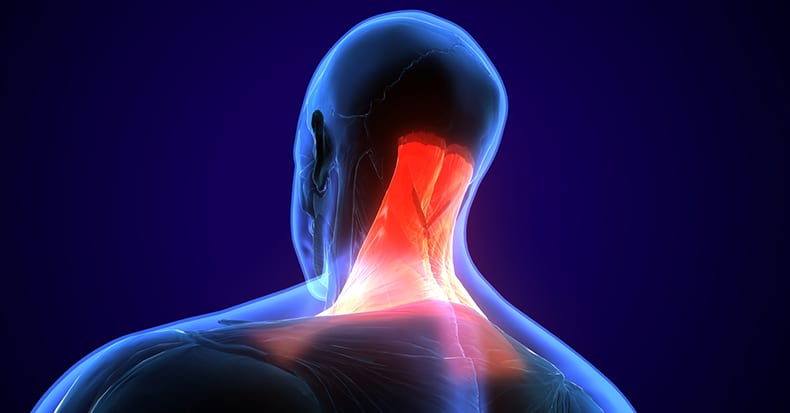
by Tejasvit Kour | Aug 18, 2012 | Whiplash
The term “Whiplash” is associated with neck injuries that frequently occur as a result of motor vehicle collisions. There is much published about how injury occurs, the most compelling of which is that we simply cannot voluntarily contract our neck muscles fast enough...

by Tejasvit Kour | Jul 11, 2012 | Whiplash
Whiplash injuries include damage to the soft tissues of the neck such as muscles, tendons, ligaments, and myofascial tissues. The degree of injury is typically graded on a 1-3 scale from least to most tissue damaged, respectively. A grade 1 sprain (ligament injury) or...

by Tejasvit Kour | Jul 5, 2012 | Whiplash
Whiplash is most commonly studied when it is a result of a rear collision where the occupant of the vehicle is injured from a flexion (forwards) and extension (backwards) whip-like mechanism of injury, but what happens when a T-bone type of impact occurs? The answer...

by Tejasvit Kour | Jun 6, 2012 | Whiplash
Whiplash, as previously discussed, occurs quicker than the speed at which we can voluntarily contract our muscles in attempt to guard ourselves against injury. Hence, it is nearly impossible to properly brace in anticipation of an impending collision. When muscles,...

by Tejasvit Kour | May 5, 2012 | Whiplash
Whiplash commonly occurs as a result of a motor vehicle collision when (typically) there is a sudden stop or deceleration that occurs so fast a person cannot adequately brace himself or herself, even when aware of an impending collision. This is because the “whiplash”...

by Tejasvit Kour | Apr 6, 2012 | Whiplash
Whiplash commonly occurs as a result of a motor vehicle collision when, typically, there is hyper-motion in one direction followed by motion in the opposite direction in a “crack the whip”-like manner. The direction of the strike typically dictates the direction of...







